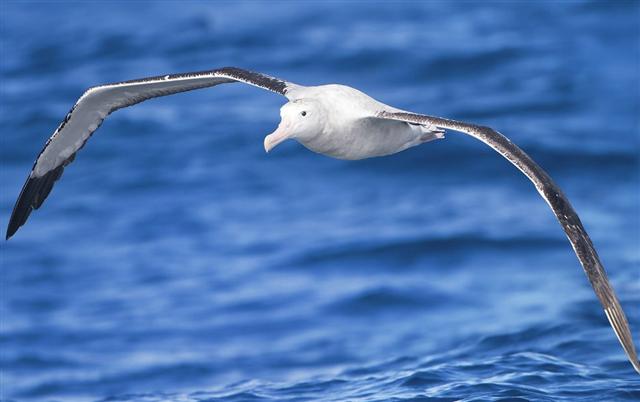|
R (Small
Washington Tablet)
35. → *350 ... All Polynesian cultures share a concern not only with their own genealogy and history, but also with understanding the nature of the creation of the earth and the beginning of time. Throughout Polynesia, elite lineages trace their ancestry to the gods. Among the Maori, tribal accounts of their history extend back to creation; these stories share similarities, and all are presented in art works, known as taonga, 'the treasures of the people'. Appropriately, given the mana of war canoes, the stern and prow ornaments depicted central themes in Maori cosmogony. Many prows depict the creation of the earth and sky.
The openwork spirals on the main panel may represent the entry of light and knowledge into the world when the god Tane separated his parents Papatuanuku and Rangi, Earth Mother and Sky Father. The foremost figure depicts a male with aggressively protruding tongue. He may represent Tuumatauenga, the god of war and man ... ... There is no need to go into detail regarding the further creeds and customs [in addition to the belief in Kane / Tane] in which various Maori-Polynesian tribes follow the pattern of their Northwest Coast neighbors, such as nose rubbing as a salute, topknots as masculine coiffure, feathers of big birds as hair decoration, head flattening, body tattooing, finger severance, fire walking, armor for combat, the tongue as a symbol of defiance ... ůto enter a war canoe from either the stern or the prow was equivalent to a 'change of state or death'. Instead, the warrior had to cross the threshold of the side-strakes as a ritual entry into the body of his ancestor as represented by the canoe. The hull of the canoe was regarded as the backbone of their chief. In laments for dead chiefs, the deceased are often compared to broken canoes awash in the surf ... This will enable us to better understand the remarkable overturned boat houses of Easter Island - hare paega:
... It is certainly true that the exterior form of the hare paenga, when the superstructure and thatch are intact, resembles an overturned boat, with the form established by the foundation. However, it is equally true (and perhaps equally important) that the configuration of the foundation is otherwise most like the Rapa Nui vulva design called komari. The komari is the quintessential female symbol which is everywhere prominent in Rapa Nui art, often carved in rock and wood, incised on human crania, and painted on the human body. In the hare paenga foundation form, the komari is cut in stone and embedded in the earth, the cosmologically female realm. Spanning above, over and virtually into this komari foundation is the ridgepole 'backbone' and curved rafter 'ribs' of what I surmise to be a symbolically male form. In short, we have a shelter which may be metaphorically understood as 'the sky father enclosing his progeny as he embraces the earth'. Those progeny entered and departed this male/female, earth/sky form through a low, dark tunnel which may be logically compared to the birth canal. This postulated symbolism does not, of course, negate the 'overturned boat' comparison, since Polynesian canoes were often likened to the bodies of great ancestors or to Tane as First Man. The canoe which transported the first exploratory voyage to Rapa Nui was said to have been called The Living Wood, a reference to Tane. Indeed, it is likely that the 'overturned boat' concept and its relationship to home, hearth and lineage, which is so graphically visible, was commonly understood (hence its retention in the oral literature), while the more esoteric godly connections, perhaps along the lines of those explored here, were known only by spiritual leaders ...And should we go via this backbone from Aquarius to Corvus we will pass close by the Wolf and the Dog:
Clearly April 1 (90 days after January 1) - corresponded to the central place above Mother Earth, viz. that of the 'Opener of the Way' (Upwaut, the Wolf).
The King (Pharaoh) returned with the Secret of the Two Partners, which would enable him to get access to all the land. ... More processions followed, during which, the king moved about - as Professor Frankfort states in his account - 'like the shuttle in a great loom' to re-create the fabric of his domain, into which the cosmic powers represented by the gods, no less than the people of the land, were to be woven ... I guess this corresponds to how Raven was given (as a loan) a pair of sticks from his Grandfather (so old as to be white as a gull).
... in the ceremonial course of the coming year, the king is symbolically transposed toward the Lono pole of Hawaiian divinity ... It need only be noticed that the renewal of kingship at the climax of the Makahiki coincides with the rebirth of nature. For in the ideal ritual calendar, the kali'i battle follows the autumnal appearance of the Pleiades, by thirty-three days - thus precisely, in the late eighteenth century, 21 December, the winter solstice. The king returns to power with the sun. Whereas, over the next two days, Lono plays the part of the sacrifice. The Makahiki effigy is dismantled and hidden away in a rite watched over by the king's 'living god', Kahoali'i or 'The-Companion-of-the-King', the one who is also known as 'Death-is-Near' (Koke-na-make). Close kinsman of the king as his ceremonial double, Kahoali'i swallows the eye of the victim in ceremonies of human sacrifice ... In the deep night before the image [of Lono] is first seen, there is a Makahiki ceremony called 'splashing-water' (hi'uwai). Kepelino tells of sacred chiefs being carried to the water where the people in their finery are bathing; in the excitement created by the beauty of their attire, 'one person was attracted to another, and the result', says this convert to Catholicism, 'was by no means good'. At dawn, when the people emerged from their amorous sport, there standing on the beach was the image of Lono. White tapa cloth and skins of the ka'upu bird hang from the horizontal bar of the tall crosspiece image. The ka'upu is almost certainly the albatross, a migratory bird that appears in the western Hawaiian chain - the white Lanyon albatross at Ni'ihau Island - to breed and lay eggs in October-November, or the beginning of the Makahiki season ... By means of which he would be able to recreate Haida Gwaii and the Mainland. ... Hala qaattsi ttakkin-gha, a voice said: 'Come inside, my grandson.' Behind the fire, at the rear of the house, was an old man white as a gull. 'I have something to lend you', said the old man. 'I have something to tell you as well. Dii hau dang iiji: I am you.' Slender bluegreen things with wings were moving between the screens at the back of the house. Waa'asing dang iiji, said the old man again: 'That also is you.' The old man gave the Raven two small sticks, like gambling sticks, one black, one multicoloured. He gave him instructions to bite them apart in a certain way and told him to spit the pieces at one another on the surface of the sea. The Raven climbed back up the pole, where he promptly did things backwards, just to see if something interesting would occur, and the pieces bounced apart. It may well be some bits were lost. But when he gathered what he could and tried again - and this time followed the instructions he had been given - the pieces stuck and rumpled and grew to become the mainland and Haida Gwaii ...
|
||||||||||||||||||||||||||||||||||||||||||||||||||||||||||||||||||||||||||||||||||||||
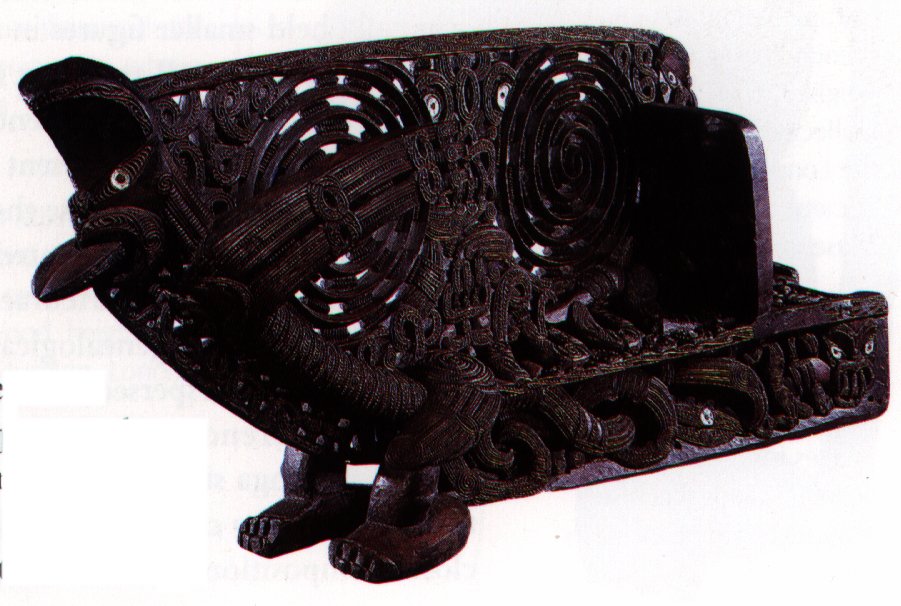
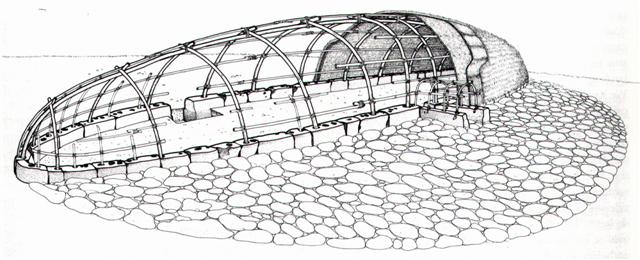


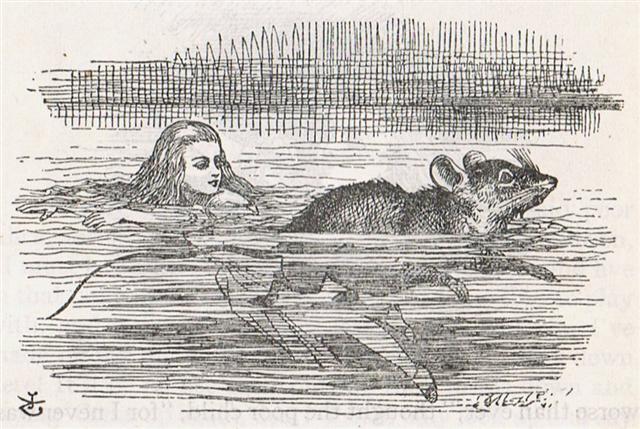
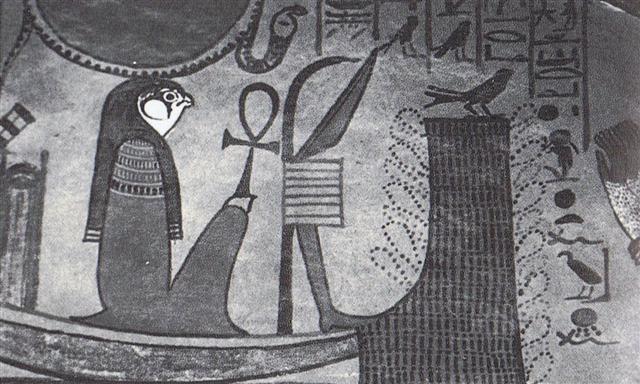
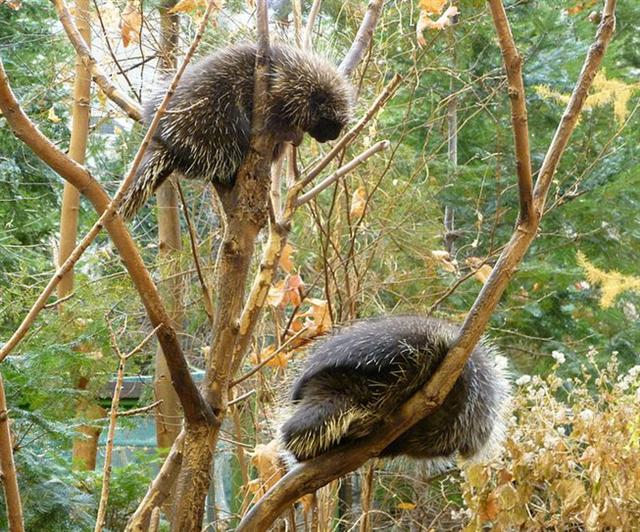




.jpg)
